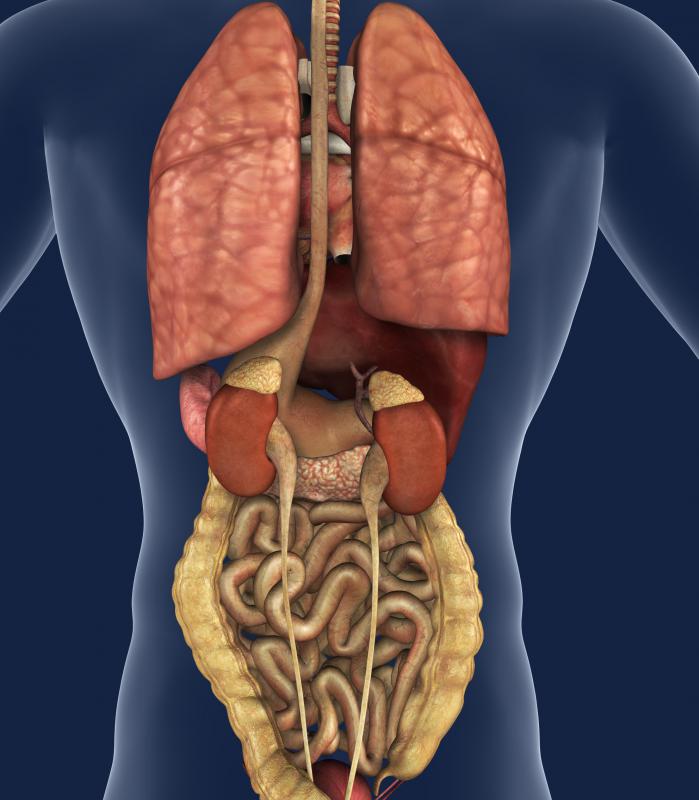At TheHealthBoard, we're committed to delivering accurate, trustworthy information. Our expert-authored content is rigorously fact-checked and sourced from credible authorities. Discover how we uphold the highest standards in providing you with reliable knowledge.
What Is the Treatment for a Lung Neoplasm?
The treatment for a lung neoplasm, which is an abnormal growth in the lung, will vary depending on a number of factors. Perhaps the most important of these is whether the tumor is a benign lung neoplasm or a malignant lung neoplasm. The doctor will carry out a lung biopsy, taking a small sample of the neoplasm to examine it for signs of cancer. A benign tumor is not cancer and may either be monitored or removed using keyhole surgery. Cancerous neoplasms may be treated with surgery, chemotherapy and radiation therapy, alone or in combination.
Most often, a lung neoplasm will turn out to be cancerous rather than benign, as around a third of lumps found in the lungs are malignant. As well as tumors, lumps in the lungs may be caused by infections such as tuberculosis, cysts and abscesses. The treatment of a cancerous lung tumor depends on how far the cancer has progressed. For cancer in the earlier stages, treatment usually involves surgery to remove the growth. Frequently, lung cancer is diagnosed at a later stage, when cancer has spread beyond the lungs to invade the chest and other organs in the body.

In the case of a more advanced lung neoplasm, a cure is not normally possible and treatment focuses on improving symptoms and prolonging patients' lives, as long as they are feeling well enough to make that worthwhile. Surgery is not usually carried out when patients have very advanced cancers. Chemotherapy drugs may be given to help control the disease and radiotherapy might also be used. Even with treatment, the outlook for a neoplasm which has spread is typically poor and, worldwide, lung cancer causes more deaths than any other form of cancer.

A benign lung neoplasm is much rarer than a cancerous one, and benign neoplasms account for up to five percent of cases where a lump is found in the lungs. The non-cancerous tumor will typically be treated according to whether it causes symptoms and how fast it is growing. Symptoms and signs of a benign lung neoplasm can include coughing up blood, breathing difficulties and lung disorders such as pneumonia. If the tumor does not appear to be growing quickly, or showing signs of becoming cancerous, treatment may not be required. Where there is any doubt about a tumor being benign, lung surgery is usually carried out to remove the lump.
AS FEATURED ON:
AS FEATURED ON:














Discuss this Article
Post your comments